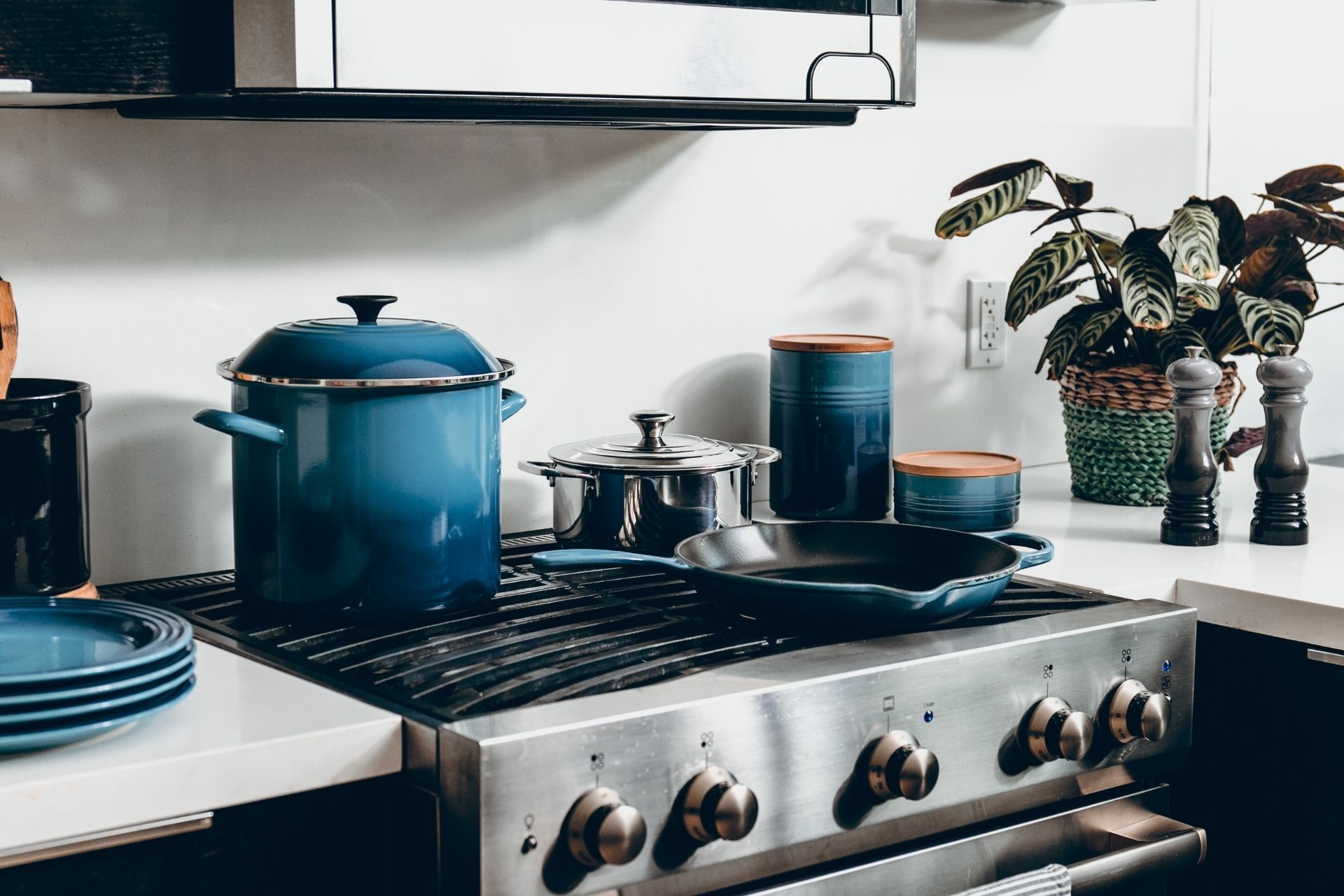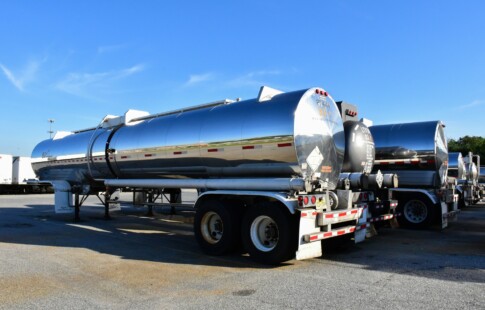
Pros and Cons of Pellet Stoves
We are reader-supported. When you buy through links on our site, we may earn affiliate commission.
Gas stoves emit about 2.6 million tons of methane each year. This can increase the impacts of climate change. However, pellet stoves reduce air pollution by burning wood scraps. While there are eco-friendly cooking solutions, they may be costly to maintain. Here are some of the main pros and cons of pellet stoves.
How Do They Work?
A pellet stove burns pieces made from organic material, like wood waste. They’re different from other furnaces since they use a thermostat. Once you set the thermostats, the scraps are released into a firebox until there’s enough to heat the oven. The stove contains two fans; one that blows air across the flames and one that blows heat into the exchangers. Pellet ovens are available as freestanding appliances or fireplace inserts.
The Benefits of Pellet Ovens
Pellet stoves have many advantages by using natural materials. Here are the pros of pellet ovens.
1. They’re Efficient
Pellet furnaces certified by the Environmental Protection Agency (EPA) are 70%-80% efficient. They are more efficient because they use carbon-neutral, renewable fuel.
In addition, the wood chips take up less space and produce less air pollution. Another factor that increases efficiency is the oven’s parts. It contains a fuel hopper to store the pellets and the gasses are vented by a small flue pipe.
2. They’re Environmentally-Friendly
This is one of the main benefits of the pros and cons of pellet stoves. They emit fewer smoke and chemicals compared to other range types. Burning gas and wood emit greenhouse gasses, such as carbon dioxide. However, replacing coal fuel with a mix of natural gas and pellets can reduce carbon emissions by 78%.
These appliances are also lower in sulfur, nitrogen, and chlorine. Plus, the fuel source is made from recycled biomass, like sawdust. This helps to conserve natural resources.
3. It’s Easier to Install
Unlike wood ovens, these don’t need a costly chimney system, since they produce less smoke. This saves you time and money installing a complex feature. Although, most pellet ranges come with air vent pipes.
These are simple to install; just dig a small hole in the wall. The pipes will send toxic gasses out of the house. If you know drilling you may be able to install it yourself. But, if you’re unsure the best option is hiring a professional.
4. They’re Relatively Affordable
These appliances are cost-effective options, costing around $4,000. Plus, you don’t have to add on expenses, such as a chimney or special ventilation. In addition, you aren’t running lots of electricity, which lowers your utility bills.
5. They’re Easy to Maintain
Pellet ovens are easier to maintain because they produce less smoke. With less exhaust, creosote doesn’t build-up, which is flammable. You also don’t have to maintain a catalytic converter, which is a common feature in wood furnaces. Plus, they don’t attract pests like wood and are easy to store in plastic bags.
However, regularly clean and inspect the motor and blowers. Also, remove unused materials from the hopper after winter ends. If you connect it to the chimney then clean the vent as well. In addition, empty the ash trap and look for soot build-up weekly. Along with easy maintenance, pellet ovens are easy to use. You just need to push a button to ignite it.
The Drawbacks of Pellet Stoves
There are many perks to switching to a pellet oven, but there are a few things to consider. Here are the cons of pellet ovens.
1. It Can Be Noisy
Pellet ranges make low noises that can get annoying. These sounds come from the motor and blower fan. It occurs because the blower is pulling waste air out and bringing in the fresh air. Although, you may get used to the sound over time.
2. It Does Require Some Electricity
These devices require electricity to run certain parts, such as the fans, electric controllers, and pellet feeder. You may end up paying around $9 per month for your electrical bill. Keep in mind you need a backup power source if the lights go out.
3. They Have a Complex System
A pellet furnace has many parts that require regular upkeep, such as the motor and fan blower. These will need annual and monthly maintenance. This can be time-consuming and costly. It can cost around $35 to $45 per month to run your appliance. Plus, the plastic bags the wood chips come in are bad for the environment. They end up in landfills and release methane gas.
4. It Can Be Costly If Fuel Isn’t Available Locally
The price for wooden chips can be inexpensive. However, it can be more costly if you live in an area without fewer resources. Then prices are raised due to travel expenses and low supply.
5. They Are Less Aesthetically Pleasing than Fireplaces
This is one of the pros and cons of pellet stoves having to do with design. There is a certain cozy atmosphere that comes with wood-burning ovens. It can be nice to sit around the fire, especially in the winter. A pellet furnace may not have the same effect.
The Pros and Cons of Pellet Stoves
When it comes to cooking and heating your home, you want to find the right appliance. Pellet ovens have many advantages and are good for the environment. Although, they can be noisy and more complex. So, consider these pros and cons of pellet stoves to make your decision.
Share on
Like what you read? Join other Environment.co readers!
Get the latest updates on our planet by subscribing to the Environment.co newsletter!
About the author

Jane Marsh
Starting from an early age, Jane Marsh loved all animals and became a budding environmentalist. Now, Jane works as the Editor-in-Chief of Environment.co where she covers topics related to climate policy, renewable energy, the food industry, and more.





